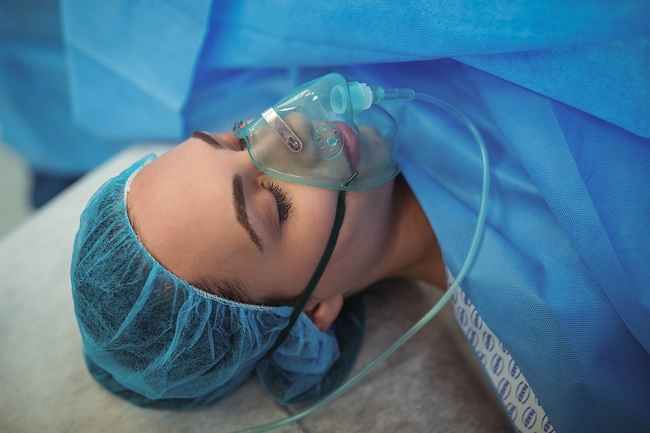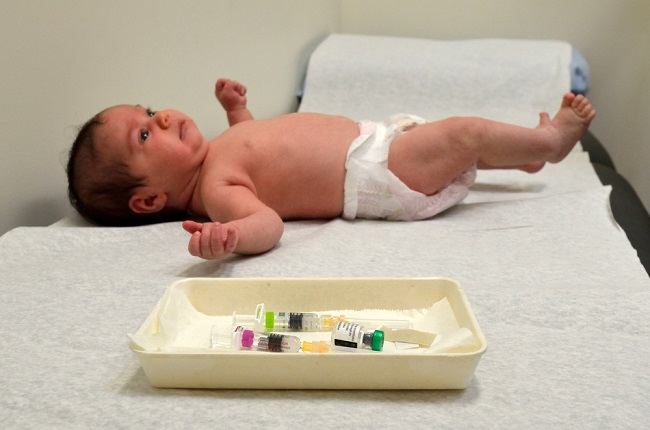Stories that have gone viral on social media about babies with trisomy 13 chromosomal abnormalities have provoked a lot of curiosity from the public. Actually, what is trisomy 13 and what is the condition of the baby who has it?
Trisomy is a condition when one of the baby's chromosomes has 3 copies of the chromosome, whereas normally there are only a pair of each chromosome. In trisomy 13, the baby has 3 genetic copies of chromosome 13.

In the majority of cases, this condition is not a hereditary disease in the family, but is caused by a disorder that occurs during the process of developing the fetus.
In addition to trisomy 13, other trisomy conditions are also known, such as trisomy 18 or Edwards syndrome which also causes impaired growth and development of babies, and trisomy 21, better known as Down syndrome.
Recognizing the Traits and Conditions of Trisomy 13
Chromosomal abnormalities in infants with trisomy 13 cause impaired physical growth and intellectual disability. This condition then causes various complications, such as heart failure, seizures, respiratory problems, visual and hearing problems.
Babies with trisomy 13 are generally born with abnormalities or congenital defects in the form of:
- Brain or spinal cord disorders
- Congenital heart disease
- Head size smaller than normal
- Impaired eye growth / small eye size (microphthalmia)
- Ears that are lower than normal
- Small lower jaw (micrognathia)
- Harelip
- Number of toes or hands that are more than normal, with an abnormal arrangement of fingers
- Weak muscle strength
- Umbilical or inguinal hernia
These life-threatening health disorders make only 10% of babies born with trisomy 13 survive more than one year of age. Meanwhile, most died within a few weeks or even days after birth.
Until now, there is no cure for trisomy 13. The treatment given really depends on the health condition of each baby. Although it is difficult to prevent trisomy 13, there are several tests that can be done to detect and prepare for the birth of a baby with trisomy 13.
Detecting Trisomy 13 While Pregnant
In general, an early examination during pregnancy is carried out to determine whether there are genetic abnormalities in the fetus. Blood tests and scans such as ultrasound performed during pregnancy can be an early tool to detect chromosomal abnormalities.
Parents who have children with trisomy 13 will need consultation and counseling and special examinations before planning a subsequent pregnancy in order to minimize the risk of having a baby with the same condition.
Trisomy 13 can be detected early in pregnancy by examining the chromosomes of amniotic cells. With this examination, abnormalities can be detected early, so that parents are better prepared to accept and plan treatment according to doctor's directions.
Often, congenital abnormalities in infants, including trisomy 13, are only discovered after the baby is born. Therefore, consultation with a doctor for detection and treatment measures early in pregnancy is very important, especially if the mother is at risk of having a baby with a genetic disorder.









